Across the United States, drones are transforming the way medical supplies reach patients, particularly in areas where access to care is minimal. From the remote islands of Maryland to rural hospitals in Oklahoma, new programs are proving how drone technology can bridge critical gaps in healthcare accessibility.
What started as regional tests are quickly evolving into a nationwide movement, supported by research institutions, start-ups, and major investors alike. As demand for faster, more reliable medical logistics grows, drones are emerging as life-saving options, and the market shows no signs of slowing down.
Testing Medical Deliveries for Smith Island
For communities on the shore of Maryland, getting to the pharmacy is not a simple task. Many of the residents in the area are not physically able to leave their homes to pick up medications. Access to prescription medications has proved especially difficult for residents of Smith Island, which is only accessible by ferry that typically drops off medication once a day. But when bad weather rolls in and the ferry is cancelled, residents are forced to go without their deliveries, sometimes for days.
Much like many other drone delivery projects, one of the biggest hurdles for this project was getting public acceptance and ease concerns for those who are not familiar with seeing drones flying around their neighborhoods. After its initial test period, however, residents saw the great benefits of medical drone deliveries to their community.
Researchers at University of Maryland have partnered with drone delivery company DroneUp to establish a medical drone delivery program in an attempt to eradicate this lack of care. Their program successfully began serving elderly communities in Maryland.
“Sometimes you can't get to the pharmacy when you need to get to the pharmacy, and then the drone will be able to drop stuff off and be much better.” stated Susan Heath, a resident of the testing area, in the article.
Now, they aim to expand the program over Chesapeake Bay onto Smith Island. The university’s UAS Research and Operations Center is taking the lead on this project with the goal of flying a 65-pound drone over the Bay to the island.
Oklahoma’s Rural Areas Get Life-Saving Medical Drone Deliveries
A recent press release announcing the launch of AeroDyne’s drone delivery system in Oklahoma underscores just how vital every minute can be during a medical emergency. The tech start-up has developed a drone delivery system aimed at serving rural hospitals across the state, reducing the delivery time for critical supplies from hours to just minutes. The drone can navigate different types of terrain and can travel over 50 miles away from its base. Aerodyne has plans to fully deploy this program by mid-2026.
Beyond the medical benefits, this project aims to create more jobs in the area as well.
The company says in their press release they “plan to launch training programs for aspiring drone pilots, drawing participants from local vocational-technical schools in the metro area. This effort is expected to cultivate a new industry cluster around drone technology, creating job opportunities and stimulating economic growth in Oklahoma.”
AeroDyne received a $20 million dollar investment into the project, which truly highlights the idea that stakeholders are seeing the value drone operations provide to the medical industry.
Predictions for Medical Drone Market Speak to High Demands
An article from earlier this year looks at the medical drone delivery sector of the industry, noting how quickly it’s accelerating.
“The global medical drones market is poised for substantial growth from 2024–32 with a compound annual growth rate (CAGR) of 24.39%, driven by the increasing demand for rapid medical deliveries, particularly in remote and difficult-to-reach areas.”
With this rapid growth rate, it’s anticipated that medical drone deliveries will become commonplace throughout the United States.
“North America, with its growing number of drone manufacturers and strong infrastructure, is expected to be a key driver in the market’s expansion, particularly in the USA and Canada, where healthcare and drone industries are closely intertwined.”
As a result of having more flights and exposing the public to more ‘drones for good’ operations, it’s possible that drones will gain more public acceptance as people see the way they optimize health care in their community.


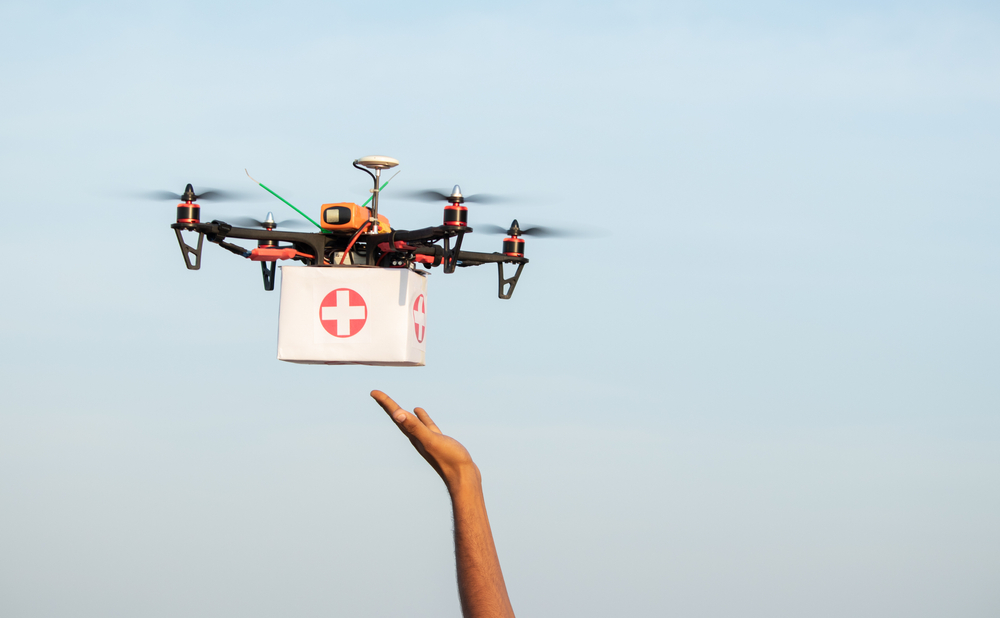

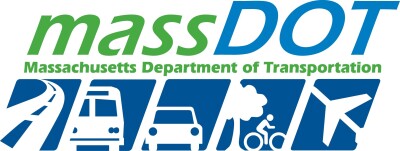
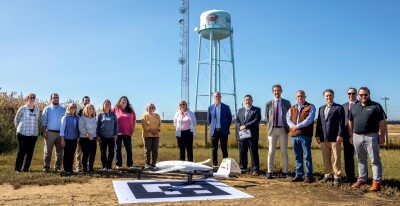

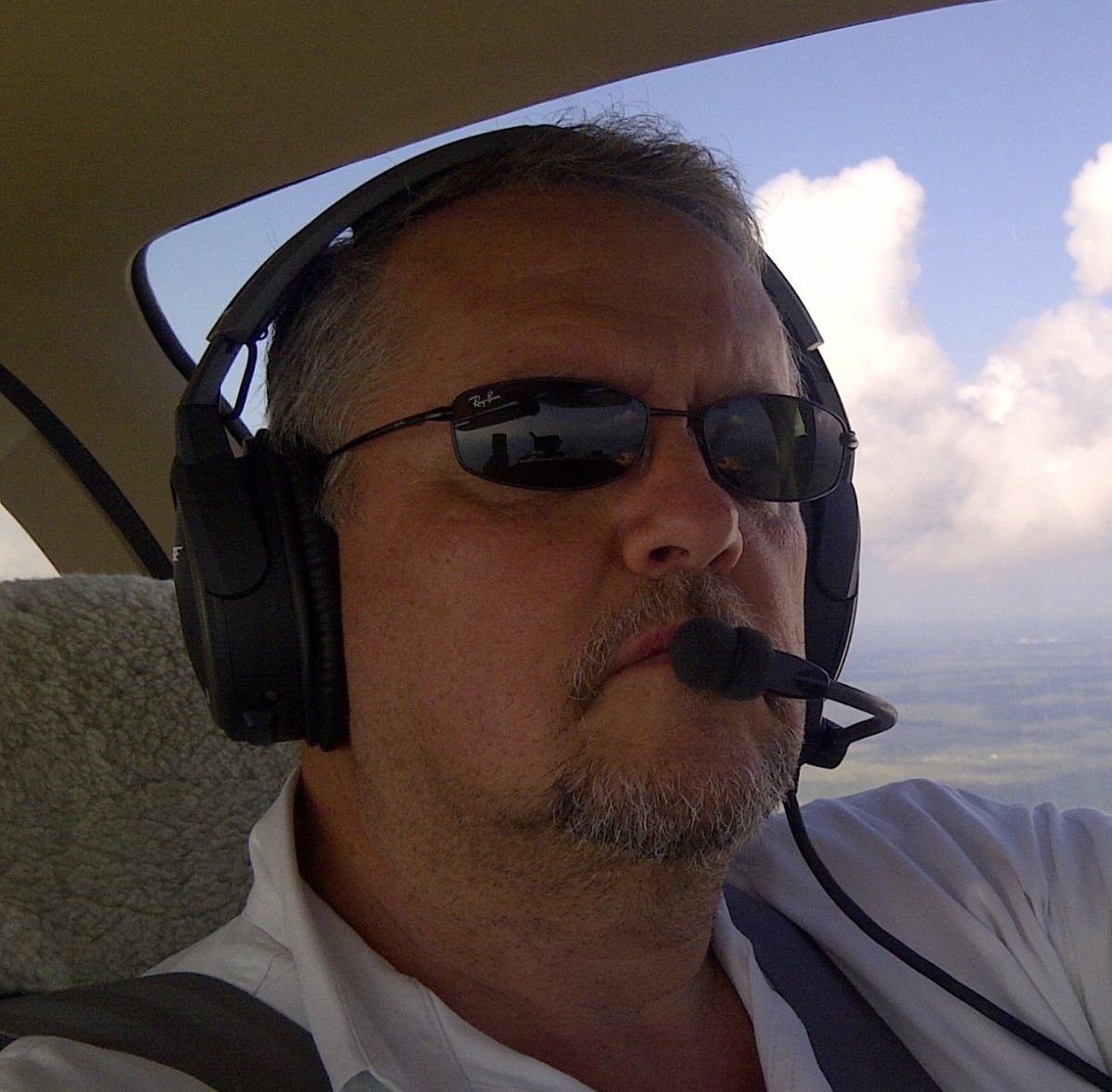




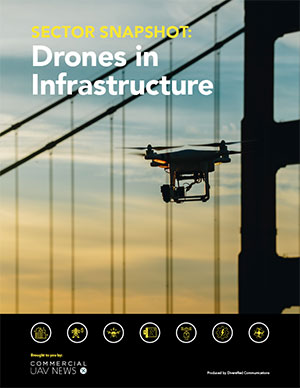
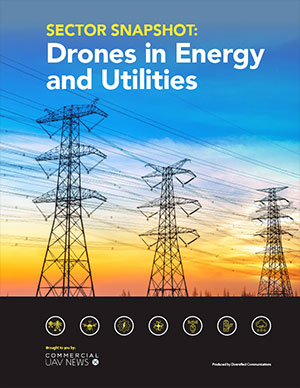
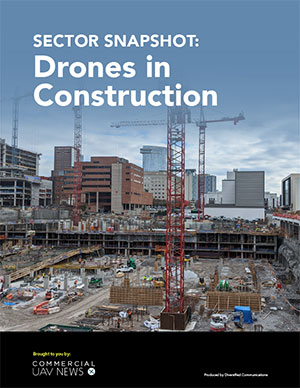
Comments